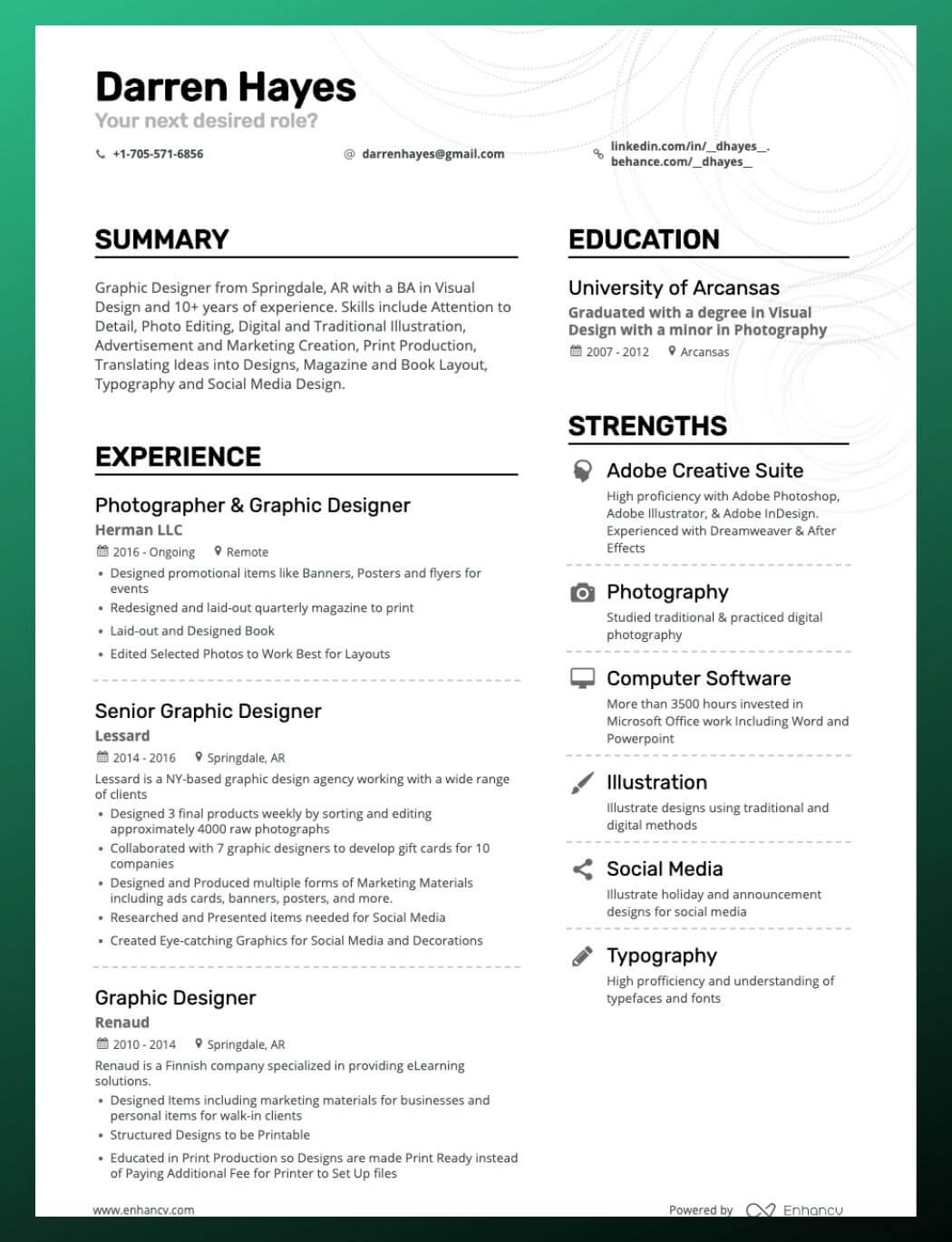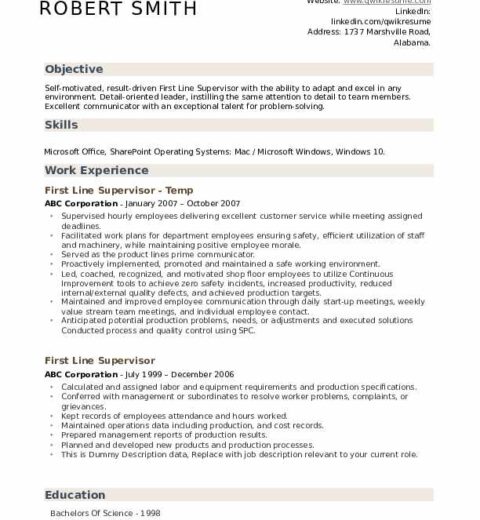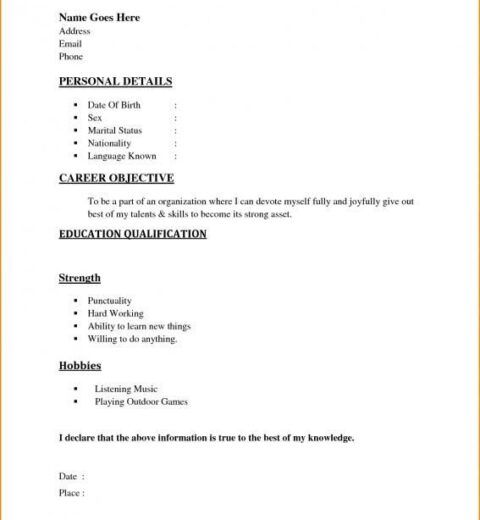In the world of job applications, the skills section of your resume serves as a pivotal beacon guiding recruiters toward your competency. Think of it as the spotlight on a stage, illuminating the nuances of your professional capabilities. This vital component can make or break your chances in a competitive job market. Therefore, crafting an astute skills section is tantamount to molding a masterful sculpture—each chisel strike revealing the hidden potential and artistry within the raw stone.
As you embark on constructing this section, bear in mind that it’s not just a laundry list of abilities. It demands strategic thinking—a curated selection of skills that aligns with the job description while portraying your unique professional identity. Like a seasoned chef, you must blend a variety of ingredients to create a flavorful dish. Your skills section should marry hard skills and soft skills in harmonious balance.
Hard Skills: The Technical Ingredients
Hard skills are the measurable, quantifiable abilities that demonstrate your technical proficiency. Think of these as the foundational block of a house; they provide stability and structure. Common hard skills include proficiency in software programs, specific languages, or analytical capabilities linked directly to the job role. These skills can often be evidenced through certifications, degrees, or completed projects, acting as a concrete testament to your experience.
When listing hard skills, contextualize them through relevance. For instance, if applying for a graphic designer position, detail your expertise in Adobe Creative Suite, but don’t stop there. Elaborate on how your skills can elevate brand identity or engage audiences visually. Remember, specificity fosters authenticity. Use real-world applications to elucidate your competencies. Instead of stating you are proficient in a programming language, mention a project where you optimized code for efficiency, demonstrating not only your skill but its impact.
Soft Skills: The Art of Interaction
Amid the numerical prowess and technical competence lies another realm equally significant: soft skills. These are the interpersonal abilities that foster collaboration and enhance workplace dynamics. In a thriving workplace, soft skills serve as the oil in the machinery, ensuring that teamwork thrives smoothly. Key examples include communication, problem-solving, adaptability, and emotional intelligence.
Soft skills are often nuanced and challenging to quantify. However, they can be spotlighted through anecdotes or reflected in the language of your job experiences. Instead of merely listing “strong communication skills,” illustrate a scenario where your adeptness at stakeholder engagement led to a successful project outcome. This narrative approach provides a kaleidoscope of your capabilities, rendering them vibrant and relatable to potential employers.
Tailoring Your Skills Section
A generic skills section will invariably fall flat. To captivate a hiring manager’s attention, one must tailor this section meticulously to the specific role. This doesn’t mean fabricating skills but rather highlighting those that resonate most with the job description. It’s an exercise in discernment, akin to choosing the right lens for a photograph—perspective matters.
Begin by analyzing the job listing for recurrent keywords or phrases. Consider utilizing them verbatim while aligning your own experiences with these highlighted traits. However, proceed judiciously. Misleading representation can lead to dire consequences, undermining your integrity and professional credibility.
Formatting and Presentation
Just as a captivating cover enchants readers, an aesthetically pleasing skills section captures attention. Employ clear headings, bullet points, and appropriate spacing to enhance readability. Presenting skills in a list format is efficient, yet consider employing descriptive phrases that contextualize your skills. For example, instead of saying “leadership,” consider “inspired team leader with a track record of driving performance improvement.” The latter evokes imagery of initiative and success.
Additionally, incorporating visually appealing design elements can enhance the appeal of your skills section. Graphical representations, such as skill bars or ratings, can convey proficiency levels while enticing visual learners. However, strike a balance; the aesthetics should complement the content, not overshadow it.
Continuous Evolution: The Importance of Updating Your Skills Section
Your skills section should not be static. As you grow and evolve in your career, so too should your resume. Regularly revisit and refine this section to reflect newly acquired skills, certifications, or experiences. This evolution is akin to a gardener tending to a blossoming flowerbed—requiring patience, nurturing, and timely care.
Moreover, remain attuned to the industry landscape. As technologies advance and workplace paradigms shift, recognizing emerging skills will afford you a competitive edge. Engage in lifelong learning, attending workshops, webinars, or pursuing additional certifications. Your commitment to self-improvement resonates powerfully with employers, showcasing adaptability in an ever-evolving job market.
The Final Reveal: Showcasing Your Unique Value Proposition
Ultimately, your skills section should encapsulate your unique value proposition. It is an invitation for prospective employers to behold not only what you can do but what sets you apart in the vast ocean of candidates. Linked intricately to your personal brand, this section allows you to demonstrate how your distinctive combination of skills intertwines with the organization’s mission and vision.
As you craft this section, think of it as the penultimate chapter in the story of your career—a compelling narrative that invites readers to envision you as their ideal candidate. By weaving together hard skills, soft skills, tailored relevance, and thoughtful presentation, you are not merely listing abilities; you are creating a vivid image of potential, igniting the curiosity of those seeking the perfect team member. Let your skills radiate, illuminating the path toward your next career opportunity.




